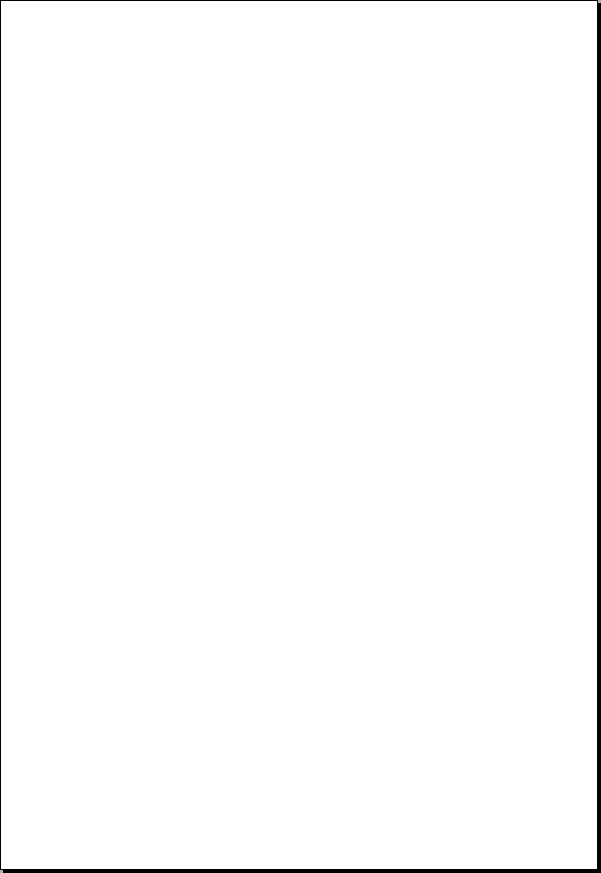
Elizabeth, Martha and John
I already knew that Jane and Richard emigrated separately, in 1854 and 1853 respectively.
And now that I knew that William and Elizabeth had
not been shipwrecked, it was safe to assume that the Mr and Mrs Honeycombe who emigrated
in 1850 were in fact William the stonemason, and Elizabeth his wife.
The facts supported this assumption, and so it has proved to be. What was unusual about these
two emigrants was their ages: he was 53 and she was 52.
But who were the four sons? Or boys, as they are described in The South Australian Register's
passenger list.
William and Elizabeth did indeed have four sons. But one (Richard) emigrated independently;
and the eldest, William Robert the carpenter, was 23 in 1850, and at that age he would have
had a separate entry under his own name in a passenger list. He was a man, not a boy.
The fact that the third son, Henry, who became 16 on the voyage out, was listed with his
parents and apparently travelled with them and not with the single young men, seems to indicate
that he was a slight boy or sickly. However, as the family were intermediate passengers, they
were probably allowed to travel together, as a family unit in a makeshift cabin, possibly on the
deck.
Henry must have been one of the four, and if we exclude, as we must, William Robert and
Richard as emigrants in 1850, another son must have been John, aged 7 in 1850 and the
youngest of William and Elizabeth's children. They also had two young daughters: Elizabeth and
Martha, aged 12 and 10 in 1850. Henry, John and the two girls add up to four.
William and Elizabeth had no other surviving children. We know this from the list of William's
children given on his death certificate in 1876. They are Elizabeth (dead), Jane, William,
Richard, Elizabeth (dead), Henry (dead), Martha and John. Henry died in 1860 and the first
Elizabeth in England, certainty before the second Elizabeth was born.
It is very unlikely that any of William's children would have been omitted from his death
certificate - certainly none of the four who voyaged with their father to Australia. Besides, there
is no record, in England or Australia, of any other sons or daughters having been born to him
and his wife.
So we may safely conclude that the newspapers, for whatever reason, got it wrong. The four
'sons' or 'boys' should properly be designated 'children'. And these four could only have been
Henry, Elizabeth, Martha and John.
Shipping registers and passengers lists are not without error. The lists of the Sea Queen's
passengers, as separately published in The Argus and The South Australian Register (in
Adelaide), do not always tally. There are discrepancies in the spelling of names and
disagreement as to sex, marital status and the number of children on board. Children are
sometimes described as such - Mr and Mrs Richardson had '3 children' with them, and Mr and
Mrs Lawrence '6 children'. The sex of the children is apparently immaterial. Or was it not the
custom to differentiate between boys and girls? For nowhere are sons and daughters specified
as such within a family group. Ail the families have one-sex children.
It's possible that William's handwriting was at fault when he applied for a passage and that the
children's Christian names were misread. Maybe there was such confusion when the passengers
entered the ship that whoever listed them was misled by the mixing of families - boys standing
with other boys, and girls with girls. More likely, The South Australian Register's

